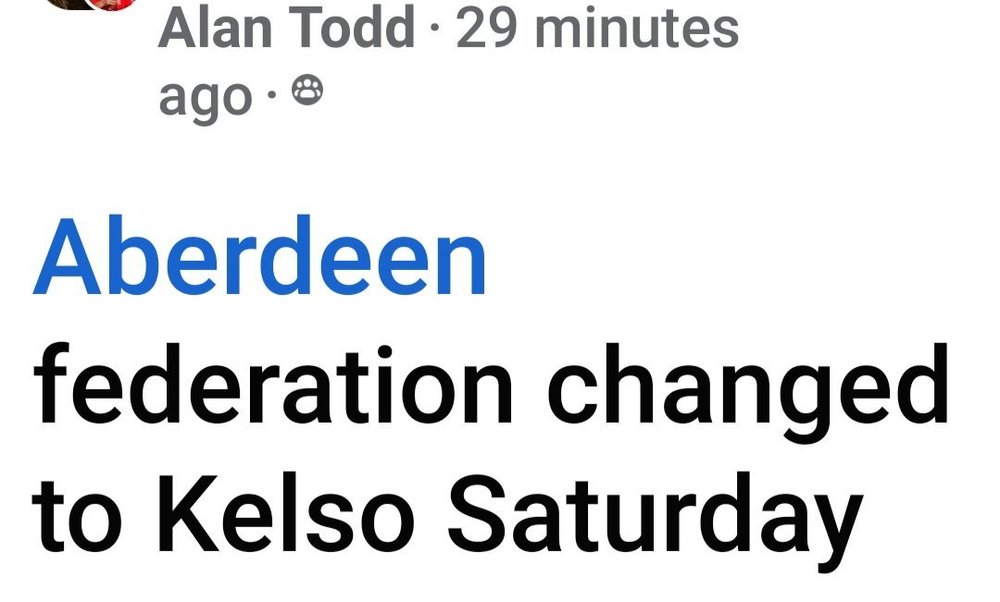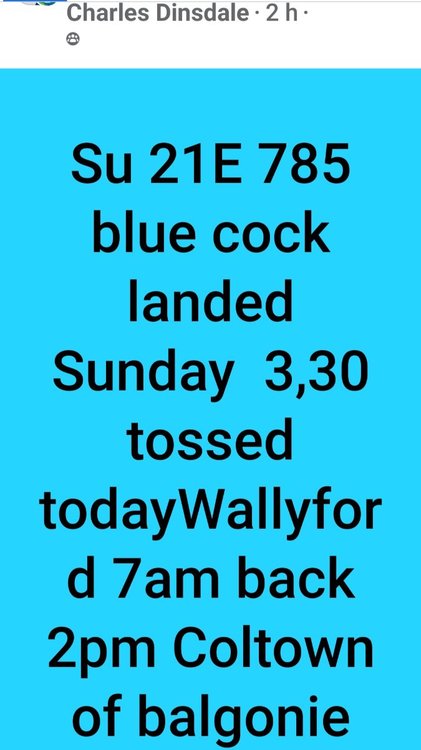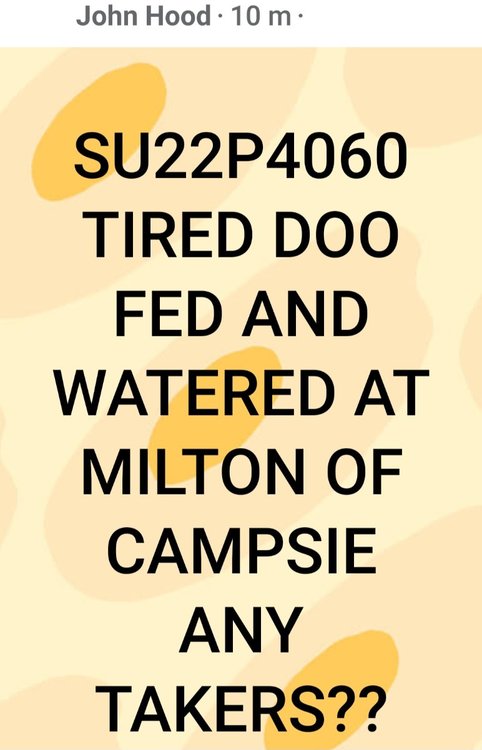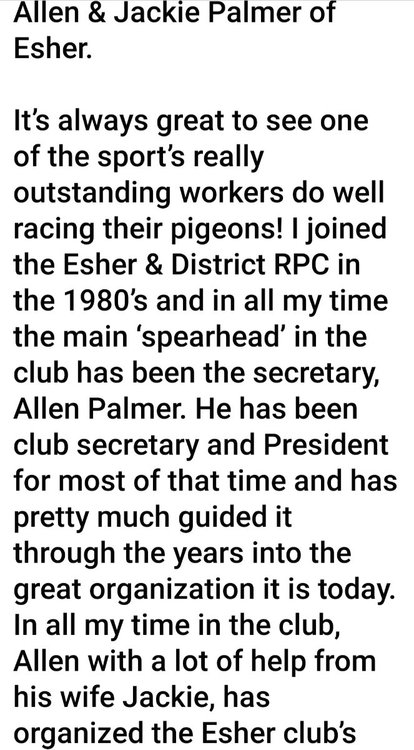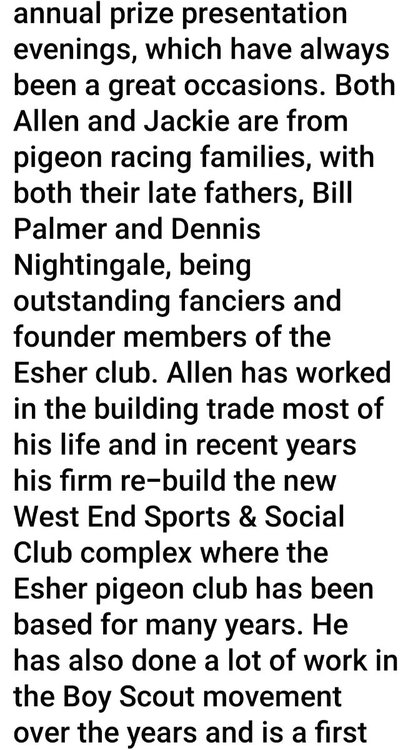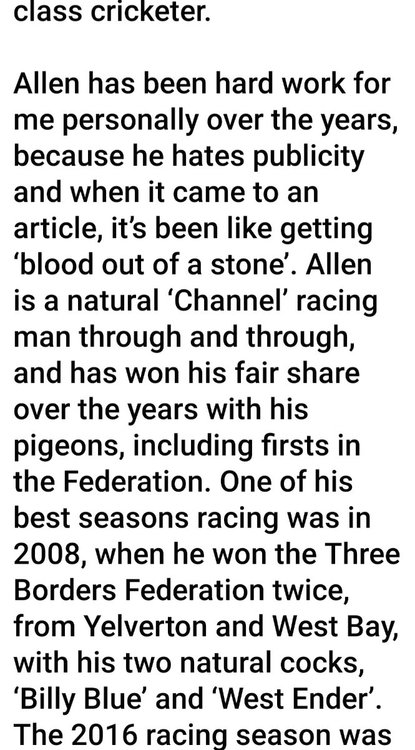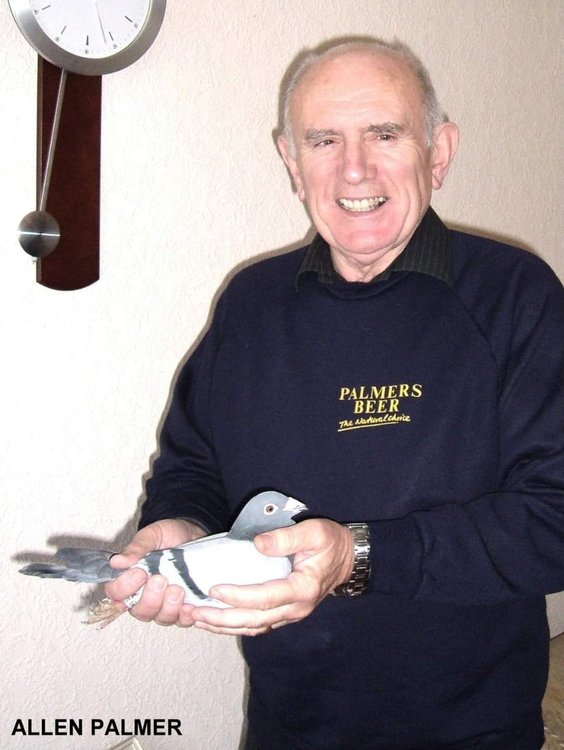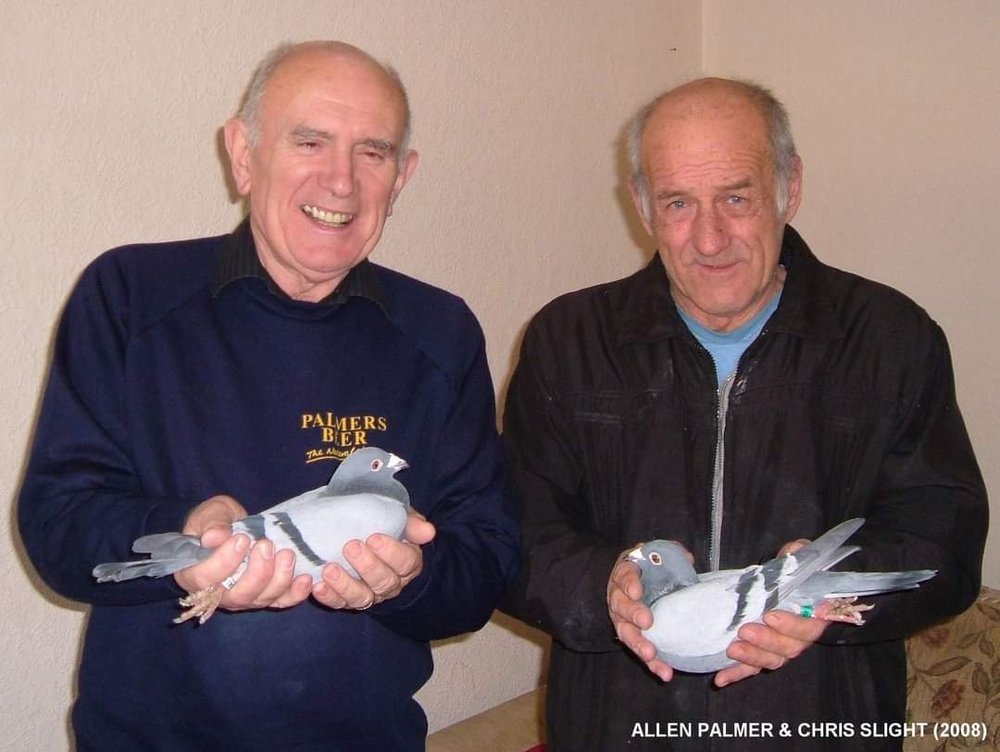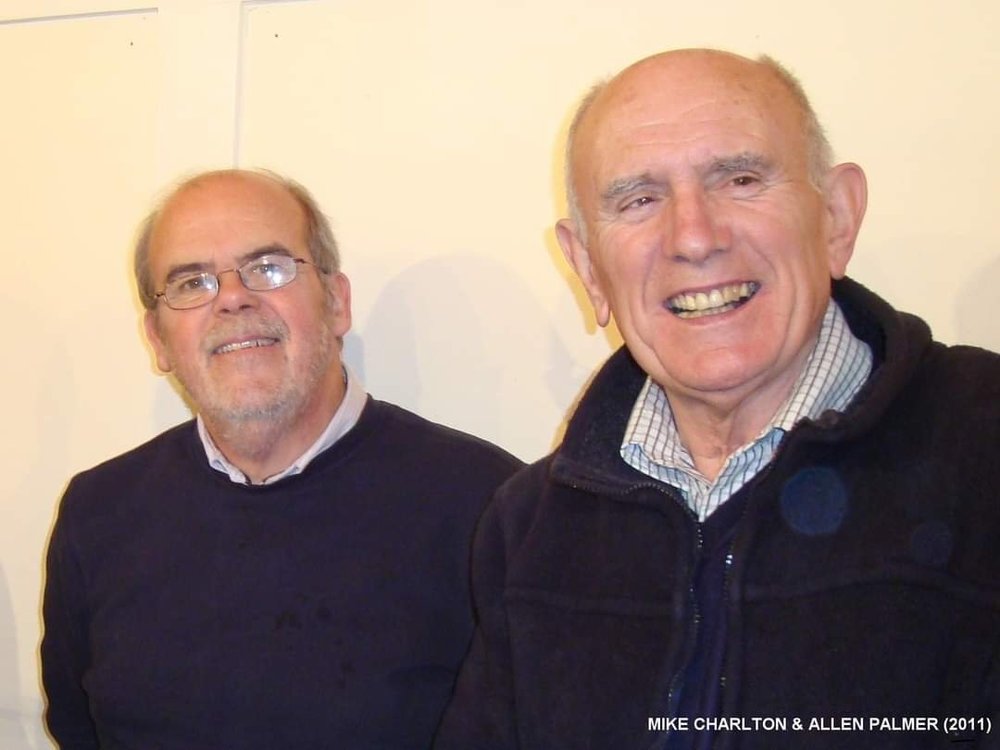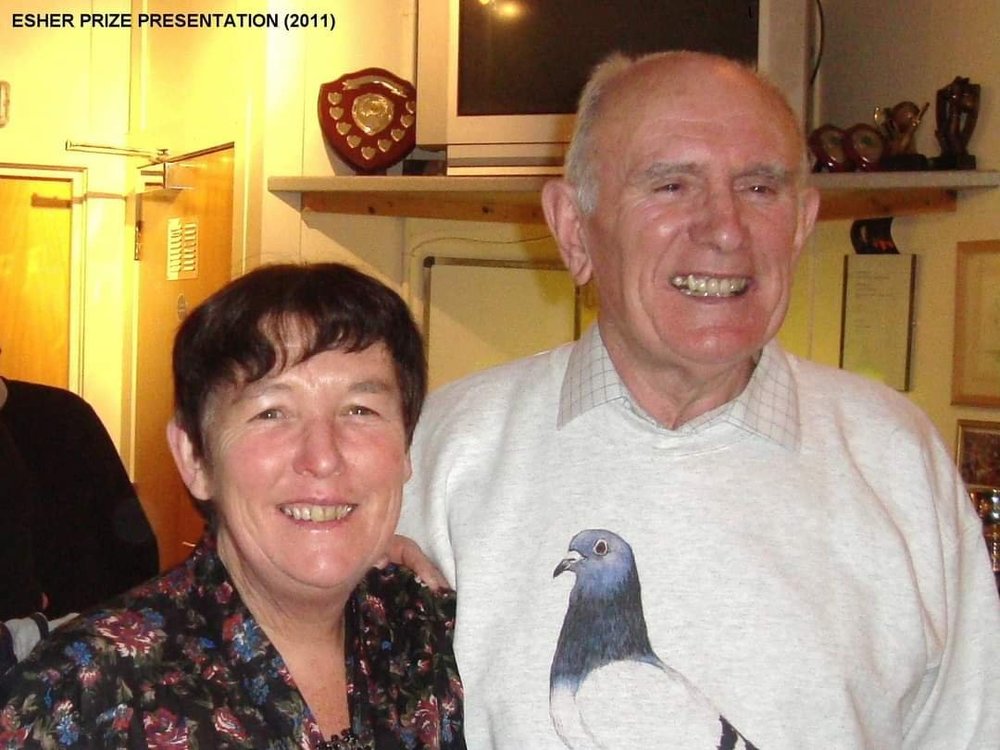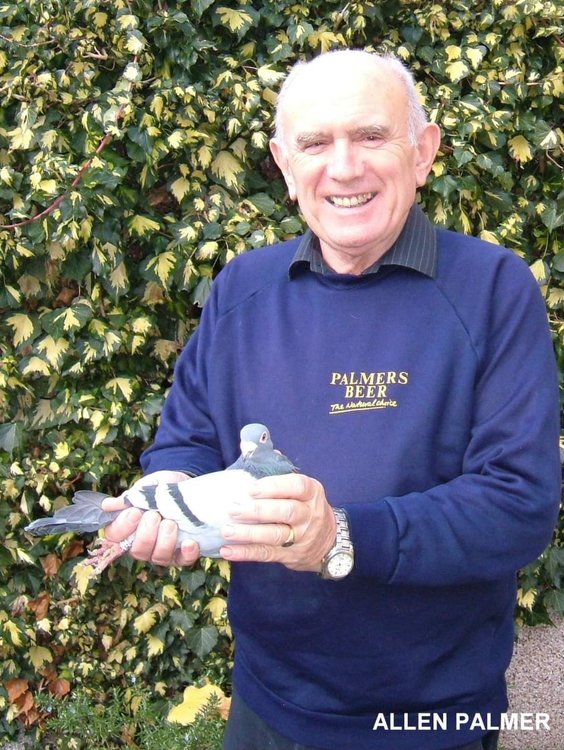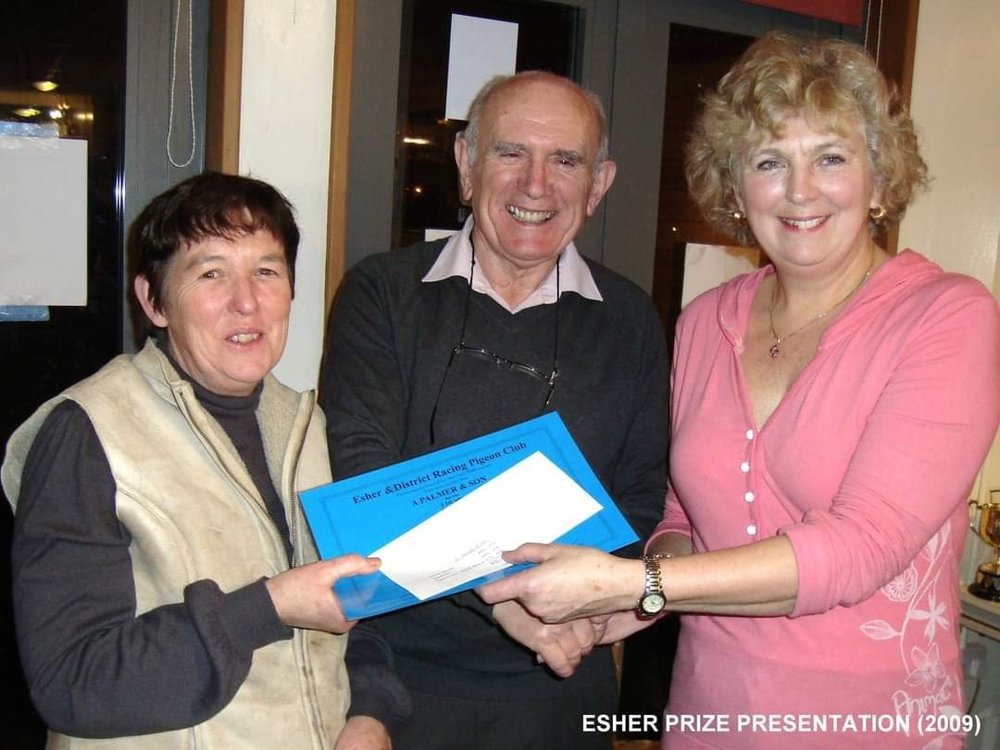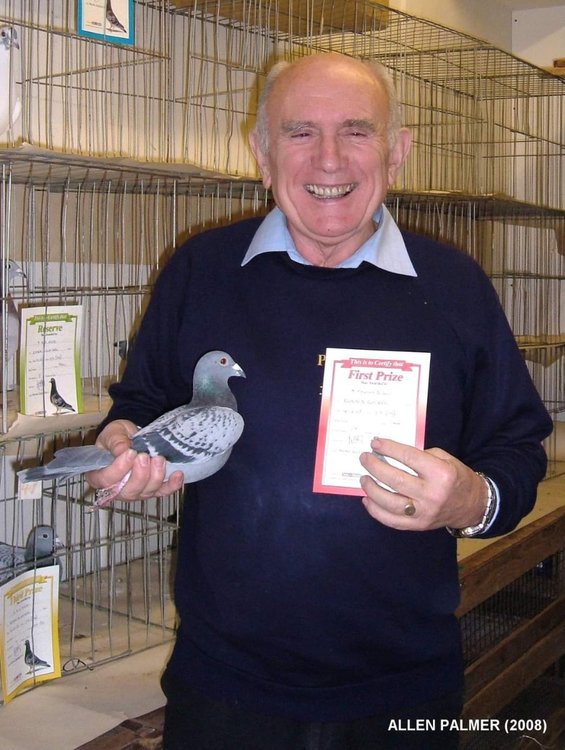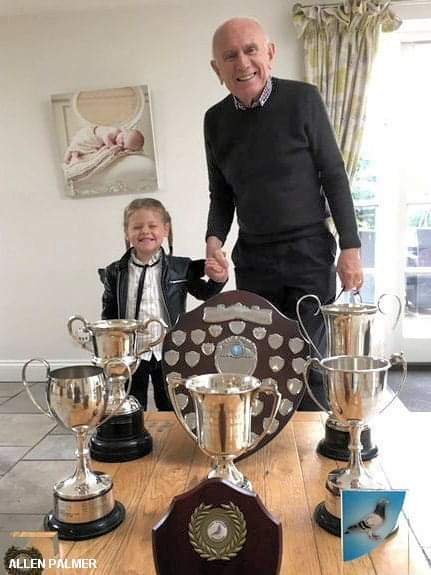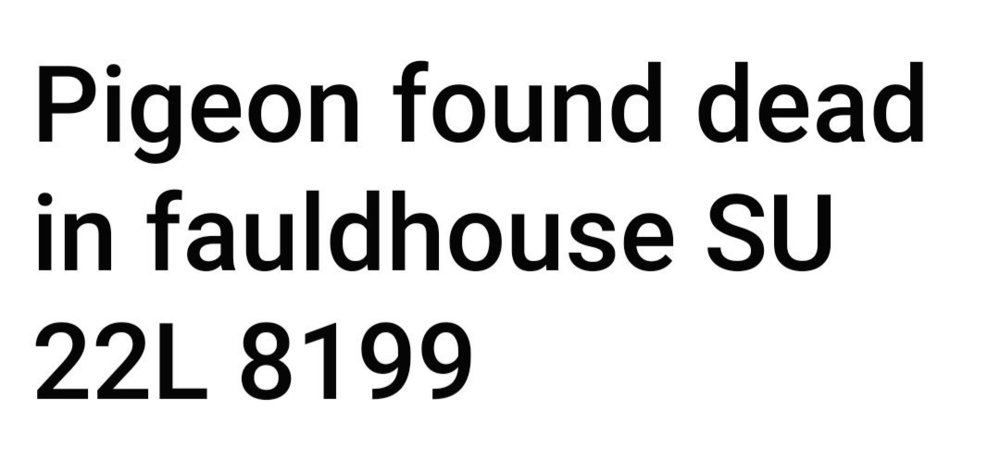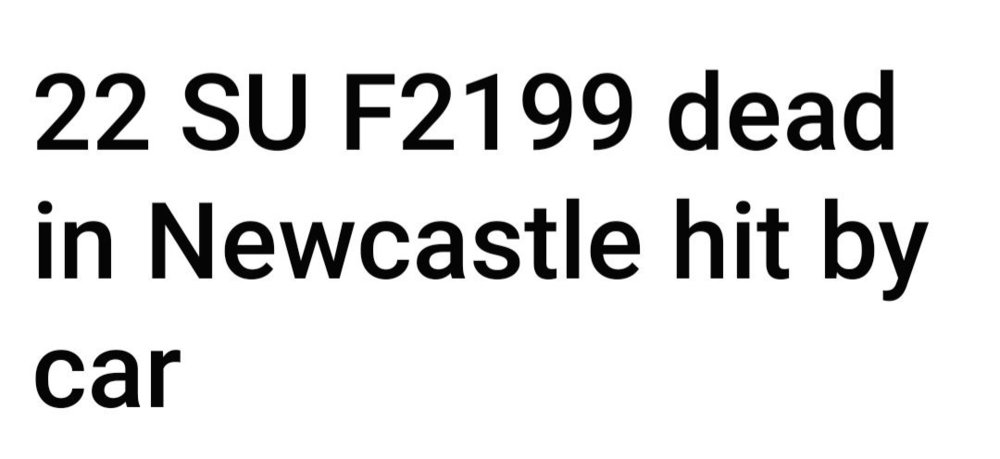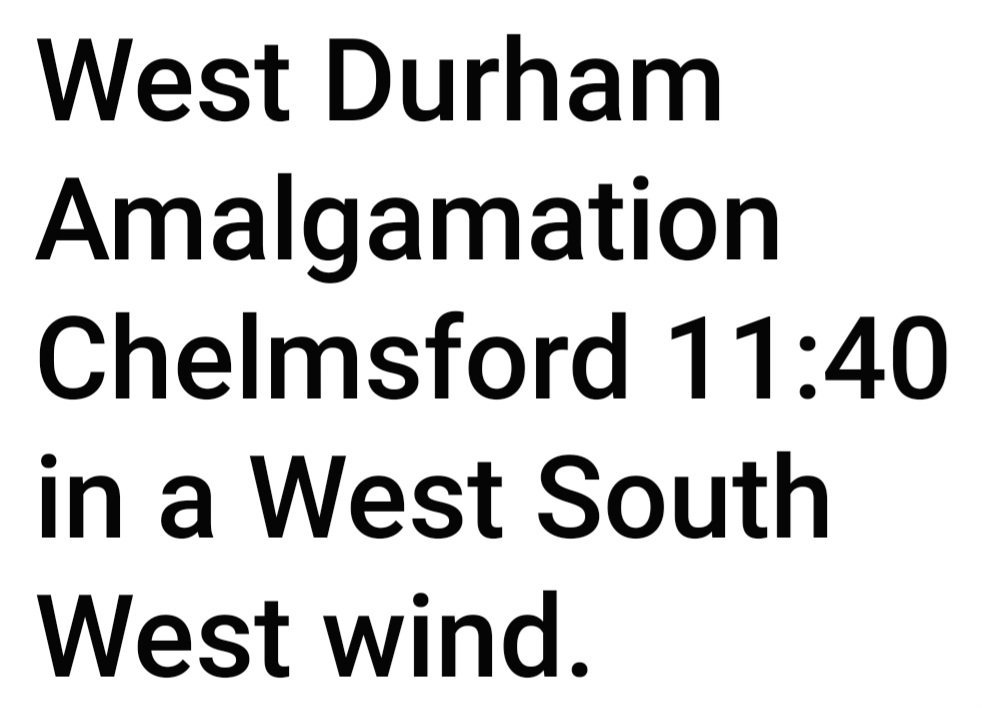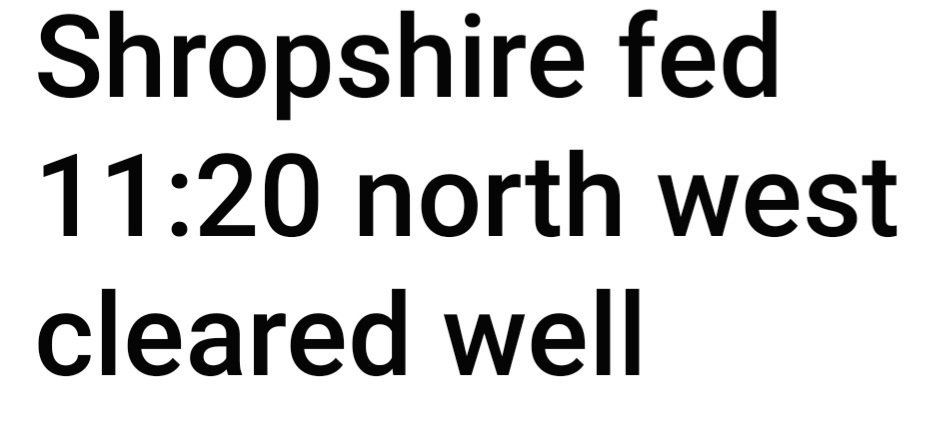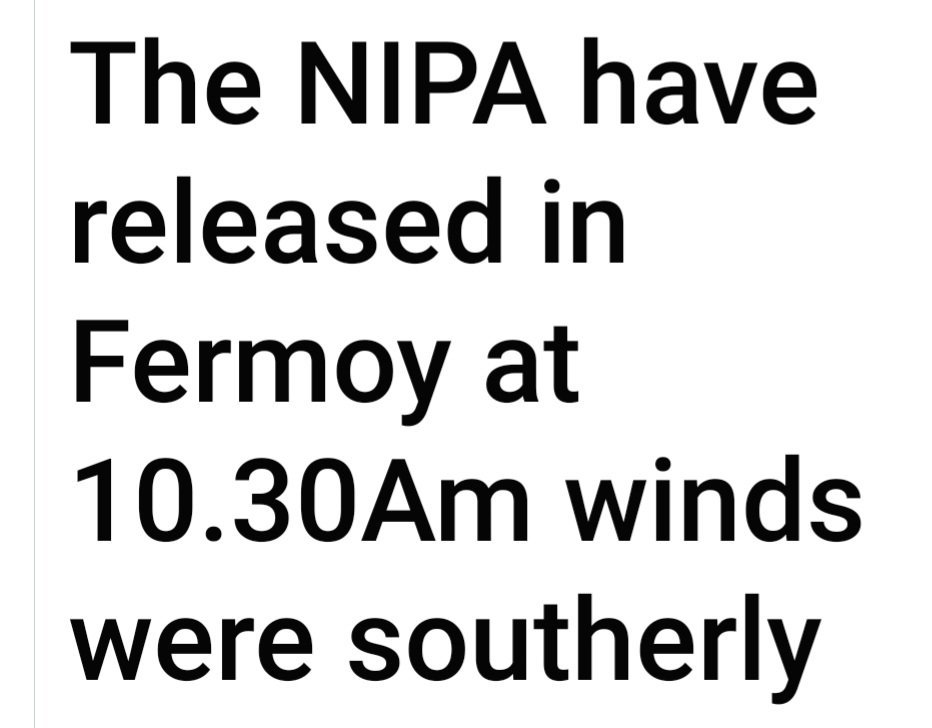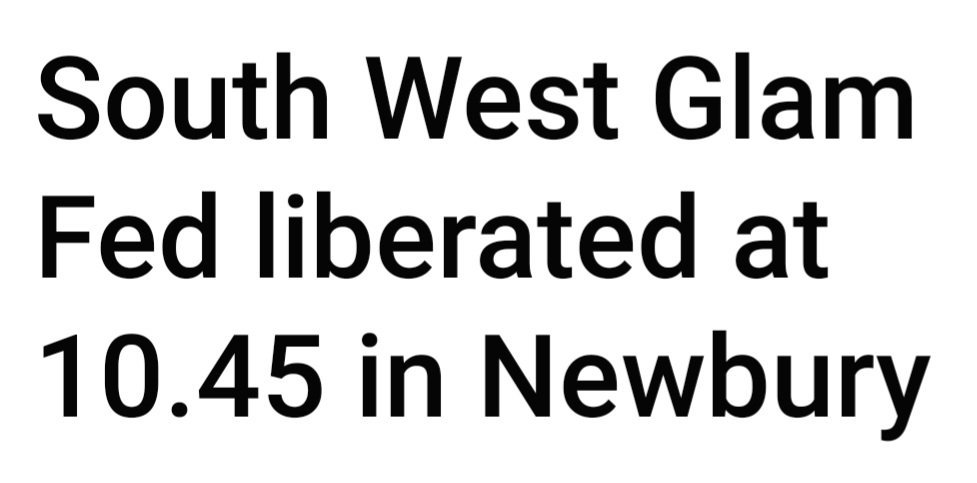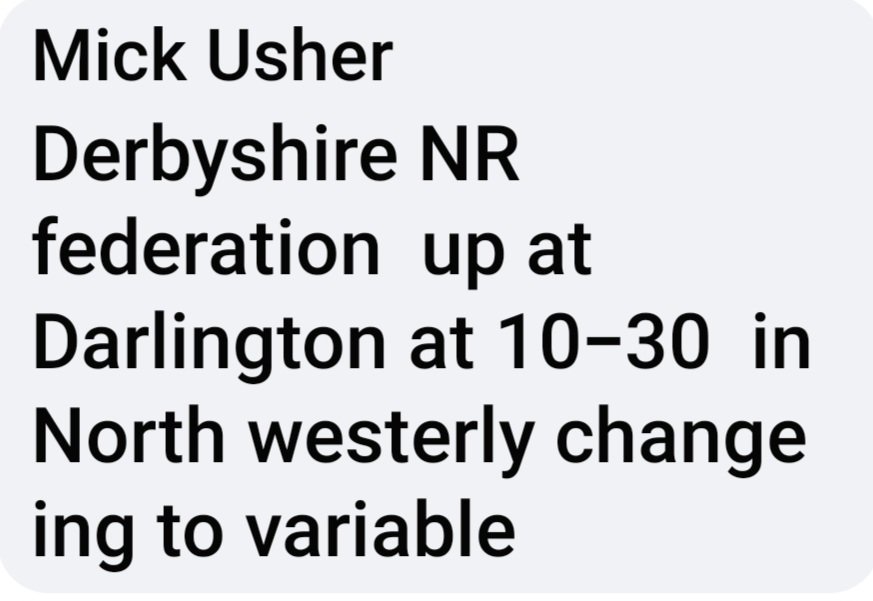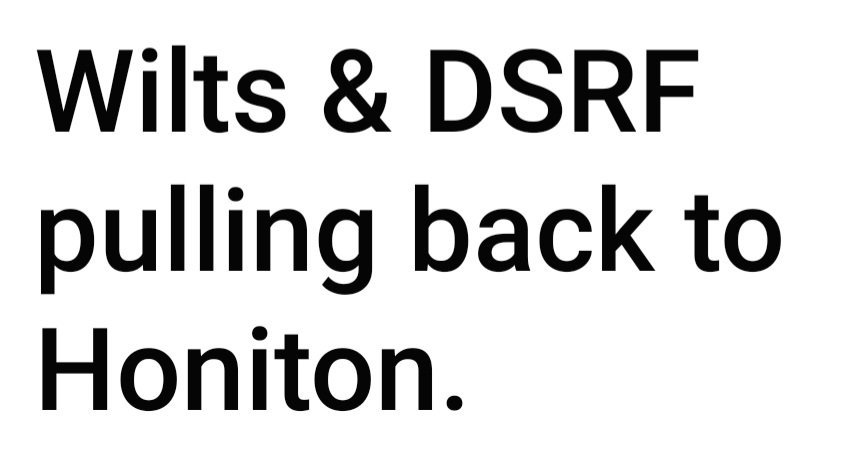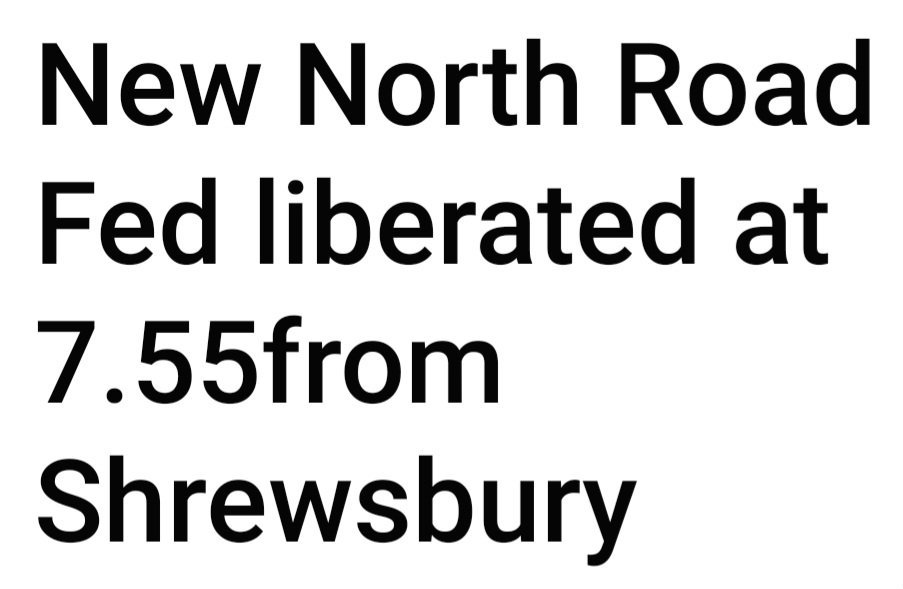-
Posts
36,138 -
Joined
-
Last visited
Content Type
Profiles
Forums
Events
Everything posted by sapper756
-
I would like to thank the Fife Federation for their very kind donation towards the ongoing costs of running Pigeon Basics, in appreciation of Basics enabling the Federation to hold a Young Bird Sale on site. this is very much appreciated, thank you.
-
There is a pigeon club in Methilhill, why don't you get in touch with them regarding your request for a hen?
-

Where are you racing from? Saturday 13th May 2023
sapper756 replied to sapper756's topic in Notice Board
-

Where are you racing from? Saturday 13th May 2023
sapper756 replied to sapper756's topic in Notice Board
Good luck Fife fanciers -
Weather permitting, where are you racing from this weekend? Which Club/Federation? Good luck in advance
-
I would like to take this opportunity to thank Ryan Hay for his kind Donation, for advertising his Federation sale on Basics, this will go towards the ongoing running costs of Pigeon Basics
-
-
https://www.oneloftrace.live/lofts/235?tab=fanciers
-
https://fb.watch/koyMc2b-W1/
-
-
Good luck folks
-
Please post your club/Federation liberation time and where from on this post Good luck



